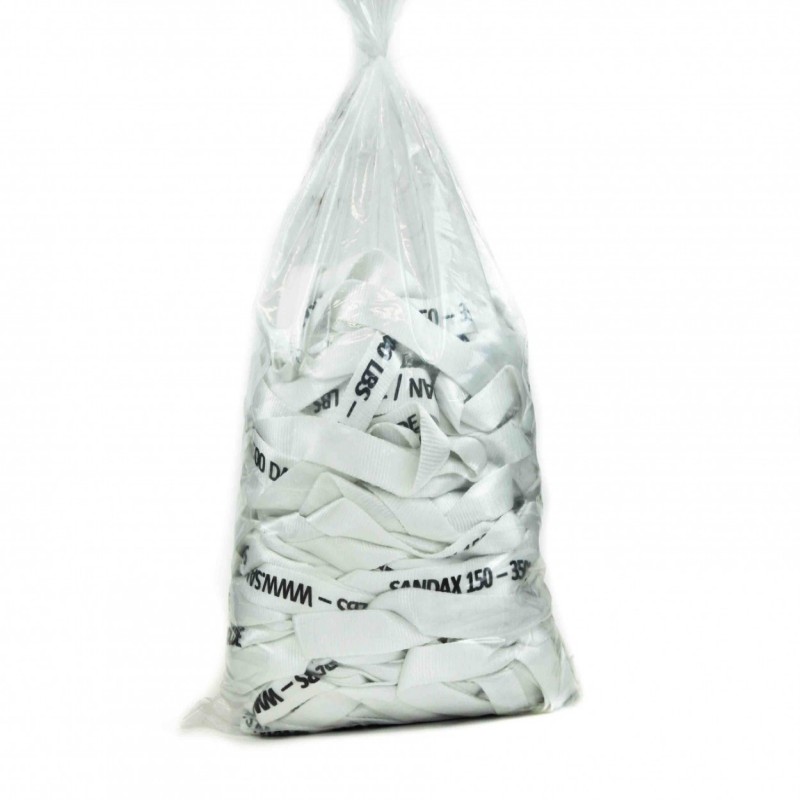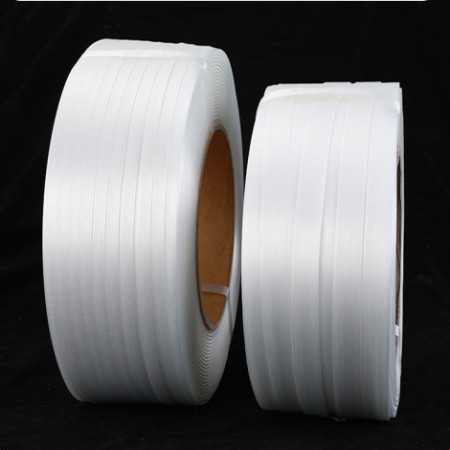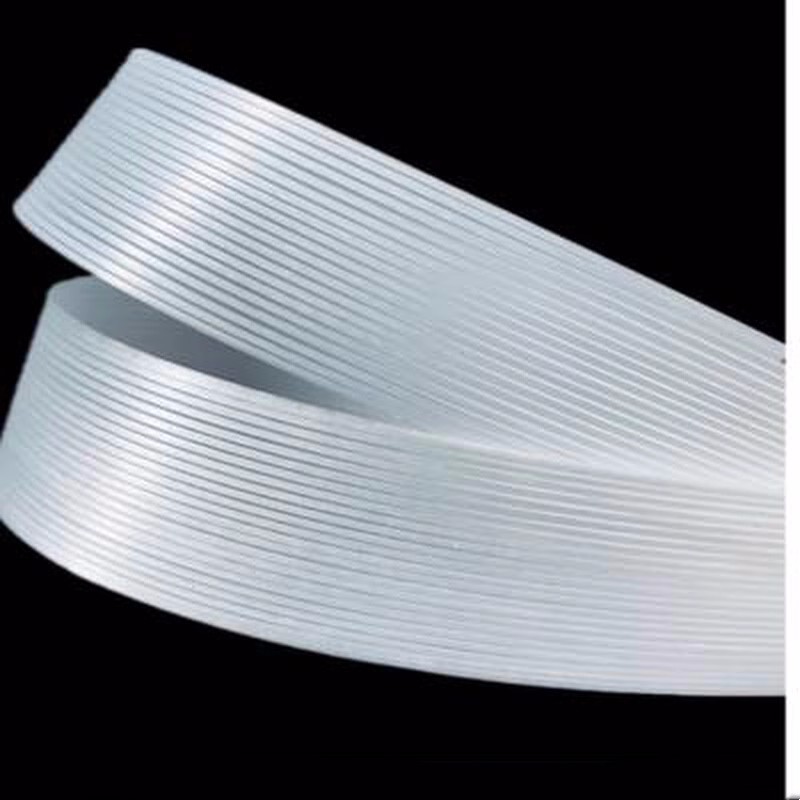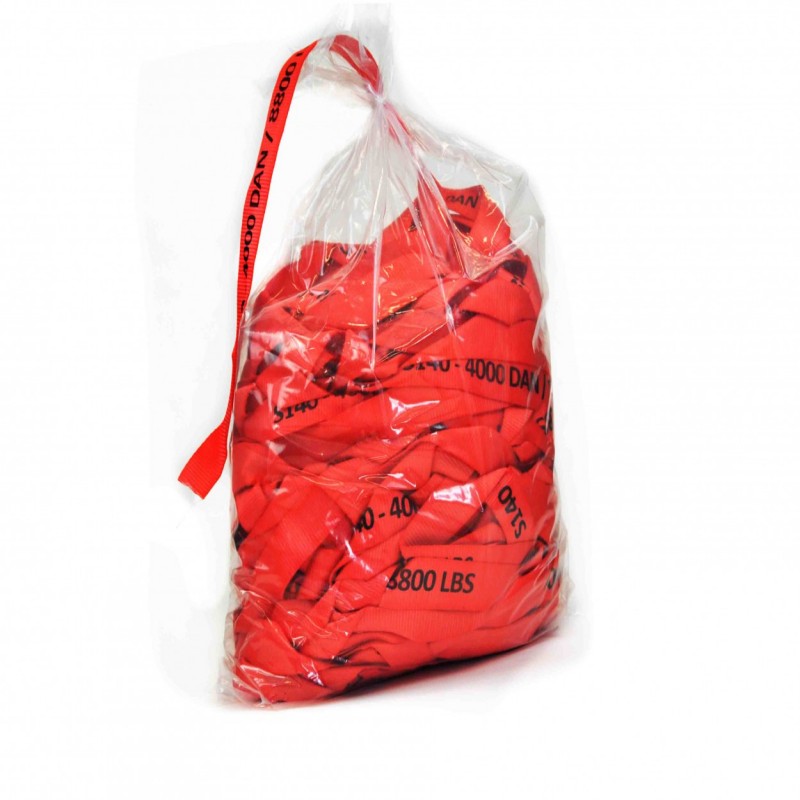Composite Cord Strapping: The Ultimate Solution for Heavy-Duty Packaging
In modern logistics and industrial packaging, ensuring the safety and security of goods during transportation is a top priority. Traditional strapping solutions like steel and plastic straps have been widely used, but they come with limitations such as corrosion, safety risks, and limited flexibility. Composite Cord Strapping has emerged as the ultimate solution for heavy-duty packaging, offering exceptional strength, durability, and reliability. This article explores the features, benefits, and applications of composite cord strapping, demonstrating why it is the preferred choice for securing industrial loads.
What is Composite Cord Strapping?
Composite cord strapping is a high-performance packaging material made from polyester fibers coated with a protective polymer layer. Its unique construction ensures high tensile strength, excellent flexibility, and superior resistance to external factors such as moisture, UV radiation, and temperature variations.
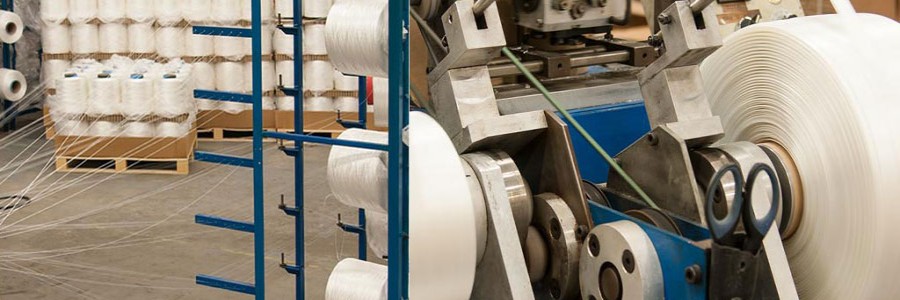
Key Features of Composite Cord Strapping
1.High Tensile StrengthComposite cord strapping is designed to withstand heavy loads, making it suitable for securing large and bulky items. Its high tensile strength ensures that goods remain tightly bound during transportation and storage, reducing the risk of shifting and damage.
2.Shock Absorption and FlexibilityUnlike steel strapping, which is rigid and can snap under stress, composite cord strapping absorbs shocks and impacts. This flexibility prevents sudden breakages and ensures that the strapping adapts to load movements, especially in dynamic transport conditions.
3.Rust-Free and Corrosion-ResistantOne of the biggest drawbacks of steel strapping is its susceptibility to rust and corrosion, especially in humid or marine environments. Composite cord strapping is rust-free and resistant to moisture, making it ideal for long-term storage and export shipments.
4.Lightweight and Easy to HandleComposite cord strapping is significantly lighter than steel strapping, making it easier to handle and apply. Workers can use it without the need for heavy-duty tools, reducing the risk of workplace injuries and improving overall operational efficiency.
5.Safe to UseSteel strapping has sharp edges that pose injury risks during application and removal. Composite cord strapping eliminates these hazards, ensuring a safer working environment for operators and reducing the likelihood of cuts and wounds.
6.Cost-EffectiveWhile steel strapping requires metal seals for fastening, composite cord strapping is designed to be used with buckle fasteners, reducing material costs. Additionally, its durability and reusability make it a more economical choice for businesses looking to optimize their packaging expenses.
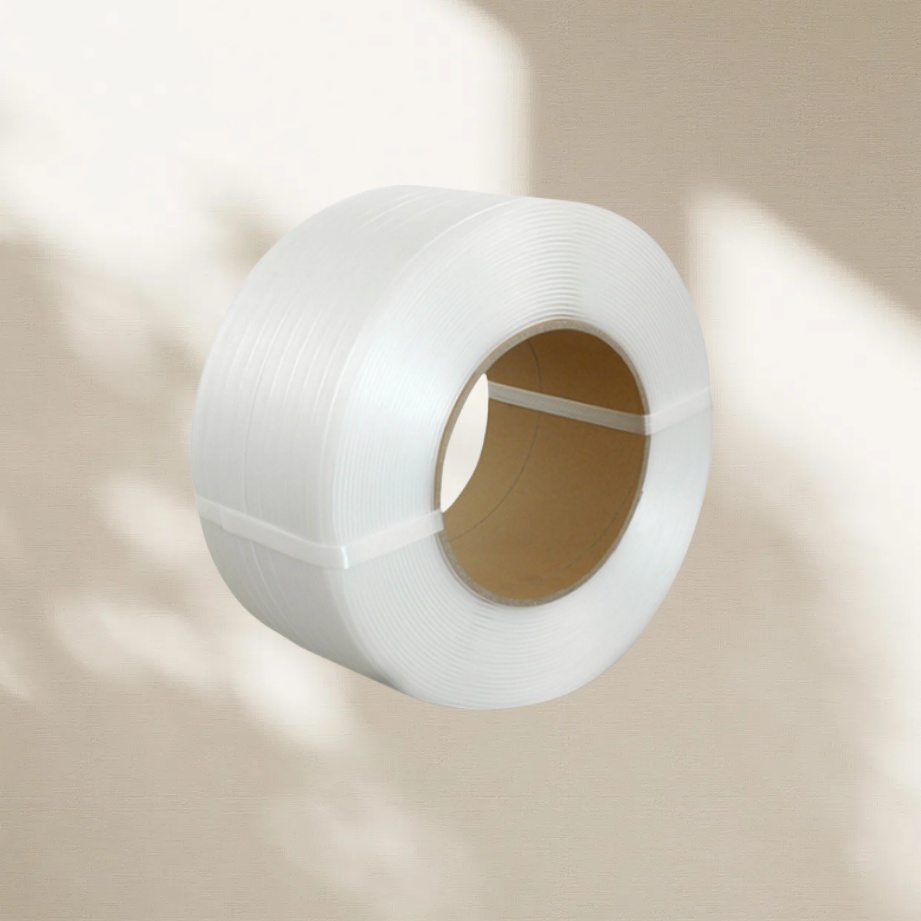
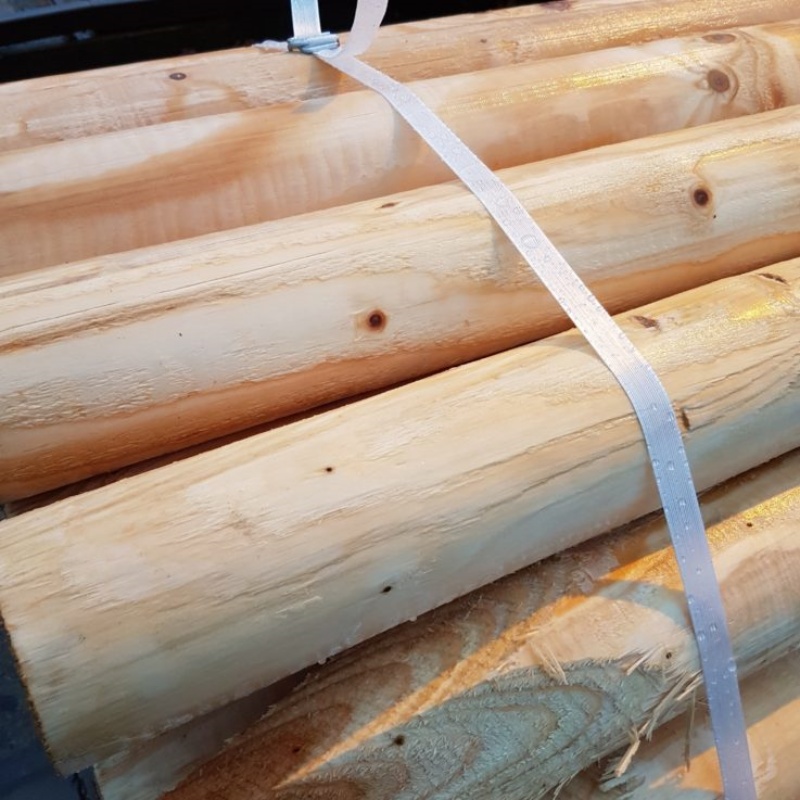
Applications of Composite Cord Strapping in Heavy-Duty Packaging
Composite cord strapping is widely used across various industries due to its strength and versatility. Some of the most common applications include:
1.Construction MaterialsSecuring bricks, cement bags, metal pipes, and other heavy construction materials requires a strapping solution that can withstand pressure and environmental exposure. Composite cord strapping ensures these materials remain securely bundled during transport and storage.
2.Automotive and Machinery PackagingHeavy machinery, automotive parts, and industrial equipment need reliable strapping to prevent movement and damage. Composite cord strapping offers the necessary load stability, ensuring safe shipment of these high-value products.
3.Timber and Wood IndustryLumber, plywood, and wooden pallets require strong and flexible strapping that resists moisture and breakage. Composite cord strapping provides excellent bundling strength while protecting materials from environmental damage.
4.Waste and Recycling IndustryBaling recyclable materials such as cardboard, plastic, and metal requires high-tensile strength strapping to keep compressed materials intact. Composite cord strapping is ideal for baling applications, ensuring stable packaging of recyclable goods.
5.Export and Shipping IndustryLong-distance transportation exposes cargo to various risks, including rough handling and changing weather conditions. Composite cord strapping ensures that goods remain securely packed, reducing the chances of load shifting and transit damage.
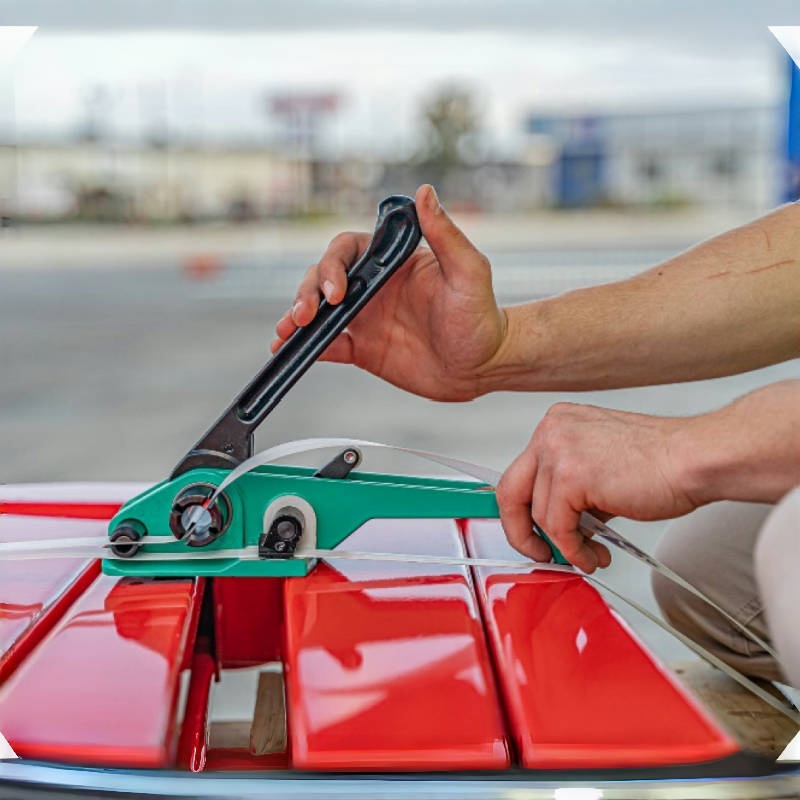
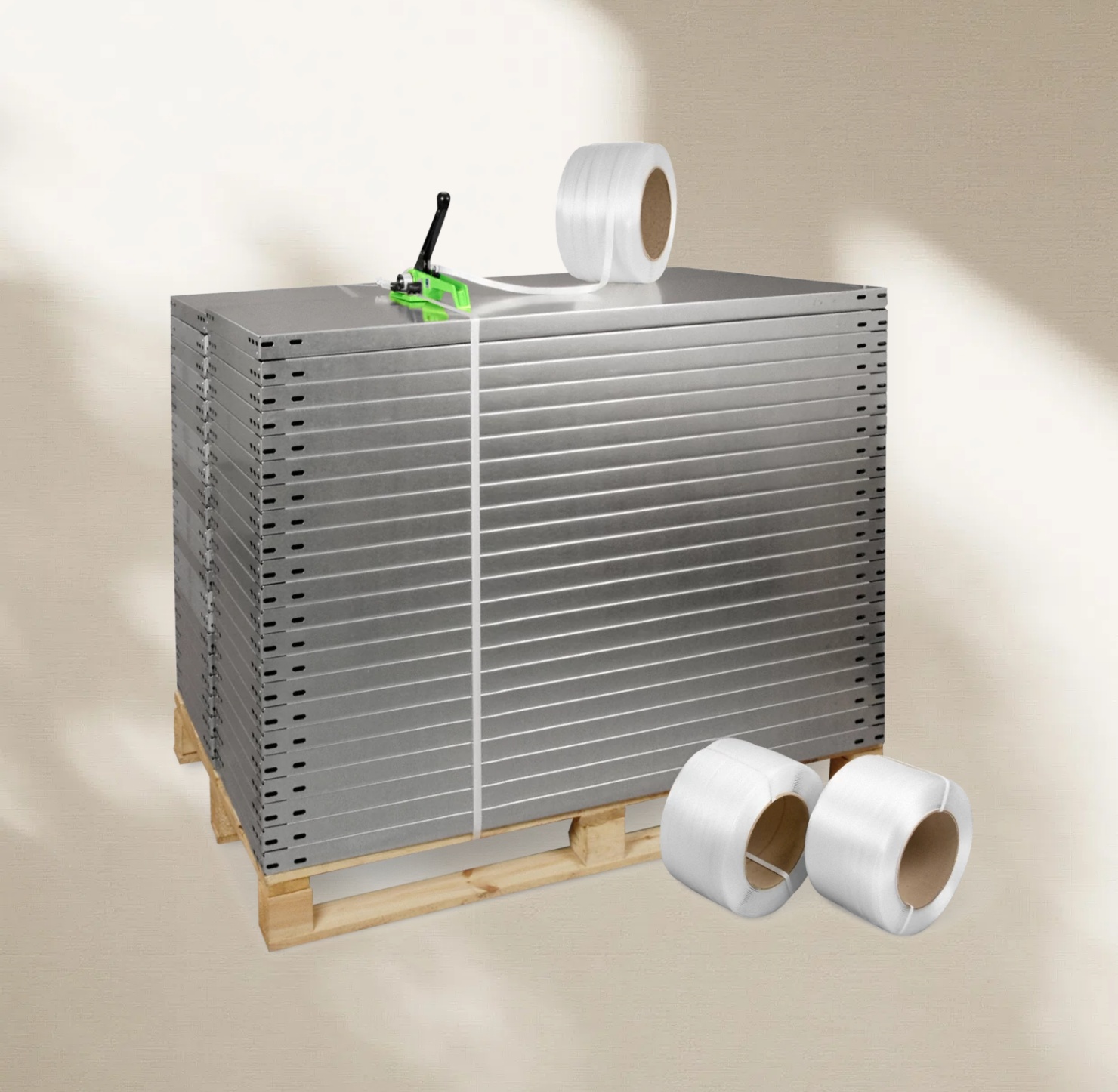
Why Choose Composite Cord Strapping Over Other Strapping Options?
-Compared to Steel Strapping: Composite cord strapping is lighter, safer, and rust-free, reducing maintenance costs and injury risks.
-Compared to Plastic (PP/PET) Strapping: Composite cord strapping offers superior tensile strength and durability, making it suitable for heavy-duty applications.
-Compared to Woven Polyester Strapping: The polymer coating in composite cord strapping enhances abrasion resistance and increases longevity.
Conclusion
Composite cord strapping is revolutionizing the heavy-duty packaging industry by providing a superior alternative to traditional strapping materials. Its combination of strength, flexibility, and safety makes it the ideal choice for securing industrial loads across various sectors. By adopting composite cord strapping, businesses can enhance load stability, improve operational efficiency, and reduce costs while ensuring the safe transportation of goods. Whether for domestic logistics or international shipping, composite cord strapping stands as the ultimate solution for heavy-duty packaging.
